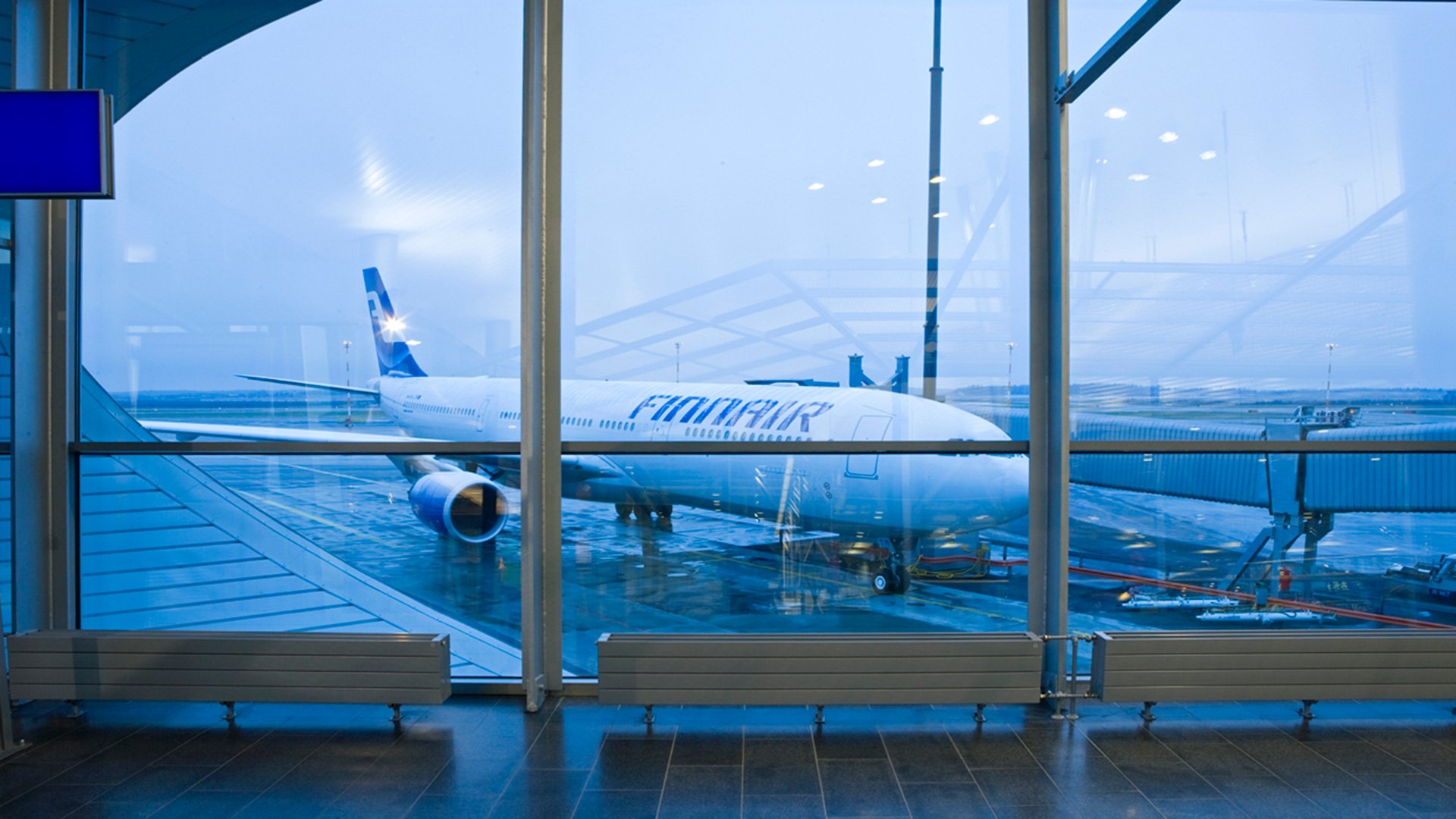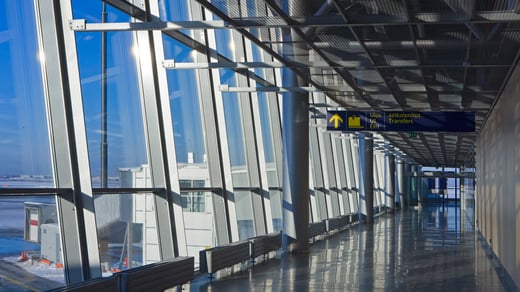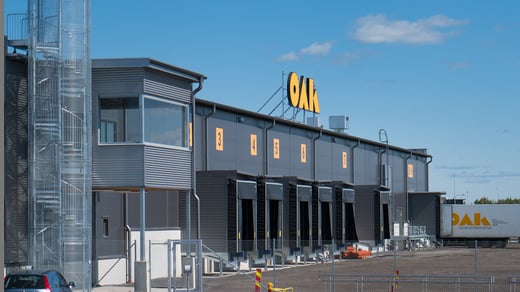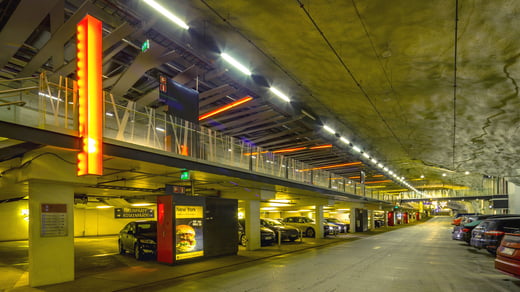-
Services
- Property and urban development
- Project and construction management
- Architectural design
-
Structural engineering
- Structural and element engineering
- Wood structures
- Residential and hybrid buildings
- Hotels and other accommodation
- Schools, educational institutes and day care centres
- Cultural facilities
- Business and office premises
- Fire engineering
- Parking facilities and terminals
- Hospitals and healthcare facilities
- Technical analysis FEM and CFD
- Industrial structural engineering
- Research and development
- Sports and recreation facilities
-
Industrial engineering
- Energy engineering
- Energy audit
- Energy and HVAC measurements
- Project and construction management
- Refrigreration engineering
- Fire engineering
- Process engineering
- Cleanroom engineering
- Emission measurements
- Electrical Engineering
- Technical analysis FEM and CFD
- Industrial HVAC engineering
- Safety engineering
- Process automation
- Industrial structural engineering
- Research and development
- Environmental impact assessment
- Renovation engineering
- Infrastructure engineering
- Geotechnical engineering
- Rock and underground engineering
- Building services engineering
- Energy engineering and consulting
- Acoustical engineering
- Cost and sustainability management
-
Low-carbon construction and circular economy
- Energy consulting
- Environmental Product Declaration EPD
- Carbon footprint consulting
- Carbon footprint calculation
- Carbon-neutral urban development
- Circular economy consulting
- Construction and demolition waste compliance
- Pre-demolition audit
- Optimisation of the carbon footprint of materials
- Groundworks with recovered materials
- Low-carbon construction management
- Environmental services
- Surveys and inspections
- Specialist services
- References
- News
- About us
- Contact us
- Home
- References
- Non Schengen lentoterminaali, Vantaa

Non-Schengen area, Helsinki Airport
The non-Schengen section of the Helsinki airport represented a particularly challenging design and construction site. The building’s lowest two floors house luggage-handling facilities, while the top floor holds the passenger spaces. The bottom floor, which is subject to underground pressure, has post-tensioned rigid frame structures. The intermediate floor is made from elements. The frame of the passenger floor uses column-braced round composite pillars with triangular trusses installed on top. In addition, a 350-metre-long luggage tunnel and numerous other connecting structures were designed. The project was granted an honourable mention in the Tekla BIM Awards in 2009 and the RIL award in the same year.



MarjoLalli.jpg?width=520&name=Lansimetro-Koivusaari_metroasema(c)MarjoLalli.jpg)
Pekka-Agarth.jpg?width=520&name=VR_Oulun-huoltohallit_Peab(c)Pekka-Agarth.jpg)
